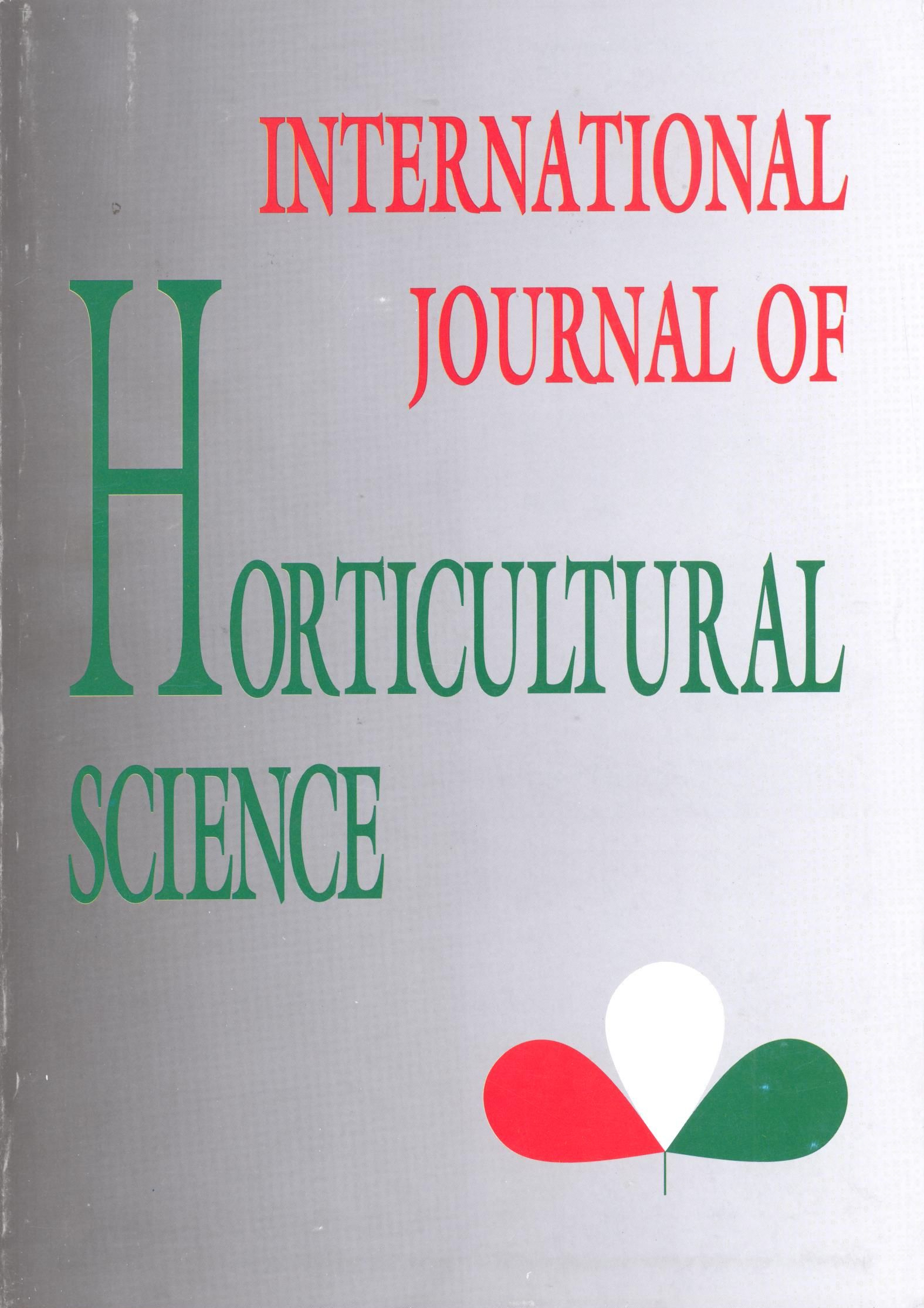Black locust (Robinia pseudoacacia L.) selection programmes in Hungary: a short review
Authors
View
Keywords
License
This is an open access article distributed under the terms of the Creative Commons Attribution License (CC BY 4.0), which permits unrestricted use, distribution, and reproduction in any medium, provided the original author and source are credited.
How To Cite
Abstract
Black locust (Robinia pseudoacacia L.) was the first forest tree species introduced from North America to Europe, at the beginning of the 17th century. Its unprecedented fast spread is due to its high-grade adaptability, drought-tolerance, abundant and frequent seed crop, excellent sprouting ability, fast growth and relatively high timber yield. Other advantages are, that it has scarcely any fungi or insect pests. This review is a short summary on black locust improvement in Hungary, giving guidance for specialists who are interested in black locust management.

 https://doi.org/10.31421/IJHS/22/3-4./1189
https://doi.org/10.31421/IJHS/22/3-4./1189